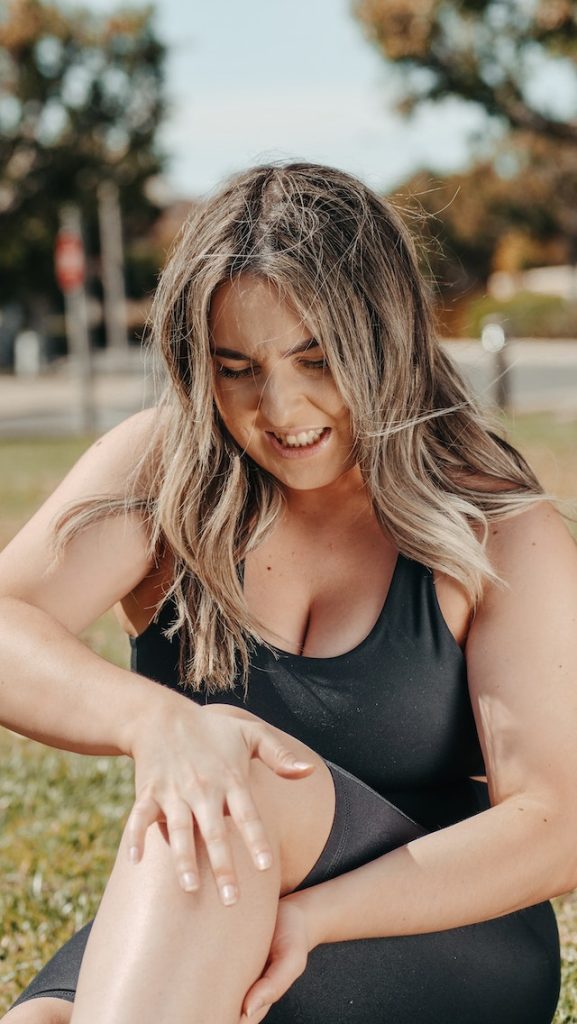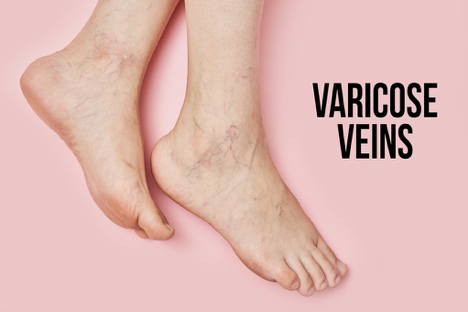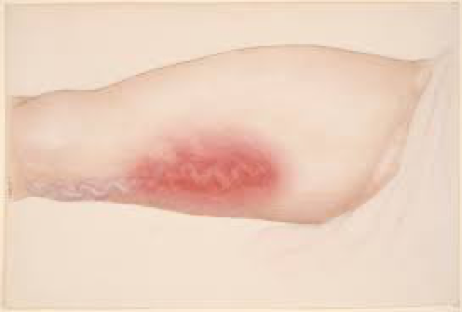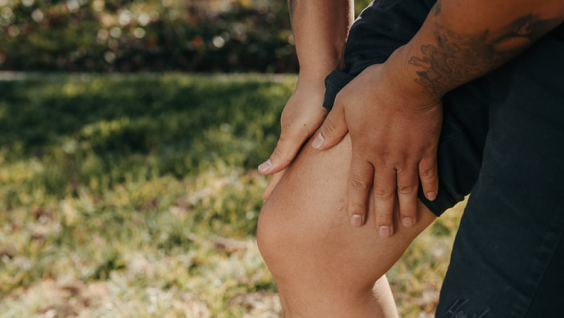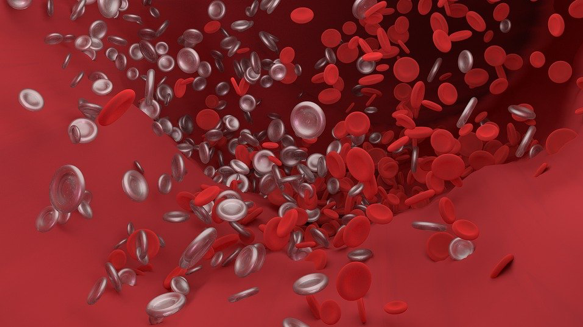What are the top causes of varicose veins? Many people associate varicose veins with old age, but that is not the case. These twisted and bulging veins can occur at any age. Although bulgy veins are common on legs and feet, they also appear on the hands, knees, and breasts as well. Your varicose veins can occur due to various conditions. But all the causes lead to the weakening of the valves, disturbing the forward flow of blood.
You can consider varicose veins as veins with weak valves. Valves are swing door -shaped barriers that prevent blood from moving backward. In simple words, these valves control the forward flow of blood. To understand the concept, we need to know how the normal vein works and how important vein valves are.
Venous valves include folds or valves hanging from the lining. These valves will direct the blood in the proper direction. This process helps the blood flow from the feet to the heart with pressure. Vein valves are essential to circulate the blood against gravity. Healthy valves in the veins are essential for proper blood flow.
When you move your body throughout the day, the veins direct blood towards the heart, while valves prevent the backward flow. In varicose veins, valves lose their ability to keep blood from flowing backward. This abnormal condition occurs when your legs remain in the same position for a long time.
1. Trauma
When you undergo emotional traumas, you might experience an instant change in your blood pressure. The veins start expanding when your body’s blood pressure changes. Varicose veins are common in legs and feet because these body parts are far from your heart.
That means they need to receive appropriate pressure for adequate blood flow. To cope with changing blood pressure, veins start expanding. This negatively affects the valves’ ability to function. When this happens, the valves are unable to prevent the backward flowing of blood, causing blood to pool inside it.
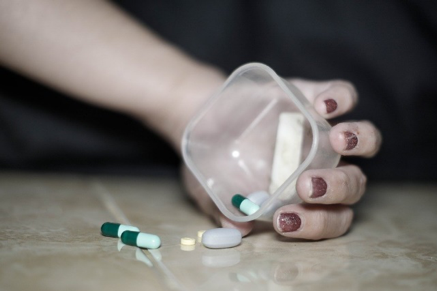
(Source)
2. Genetics and Age
Family history can be the reason behind your venous condition. This is most likely the cause if your blood relatives suffer from varicose veins as well. It is possible that you face a similar condition as well. As you grow older, you will notice veins bulging on your legs and feet.
The blood pressure and inefficiency of the veins can cause them to function abnormally. In these conditions, veins grow wider than usual, which keeps the valves apart. Eventually, it leads to the development of varicose veins.
The blood pressure in the veins can cause swelling, pain, and burning sensation when you keep your legs still for some time. This affects the vein’s formation, and blood will start pooling in your veins.
3. High Heel Shoes
Women who often wear high heel shoes are prone to developing varicose veins. Wearing high-heeled shoes for long periods of time weakens your calf muscles. This will change the way blood flows through your veins. When this happens, your vein valves start to work abnormally, and you will notice bulging veins appearing.
4. Medications
Various types of medication and habits can lead to varicose veins. For instance, taking medication that affects your blood pressure can impact blood vessels. Abnormal flow of blood will start affecting the functioning abilities of valves.
On the other hand, continuous change in blood pressure might also affect the size of your veins. This can also lead to abnormal behavior of your valves, and the blood will pool in the veins without heading towards the heart.
5. Over Weight and Pregnancy
Pregnancy and obesity can also affect how your veins perform functions. That is why doctors suggest regular workout routines with balanced exercises to keep your body and mind active. For instance, when your job involves standing or sitting for prolonged durations, your veins fail to circulate blood properly. This affects the size of the veins. They expand and stretch, leading to varicose veins. To prevent varicose veins from growing, you need to change your lifestyle and choose an active routine. A vein specialist can help you avoid activities that might affect your circulation and blood flow.
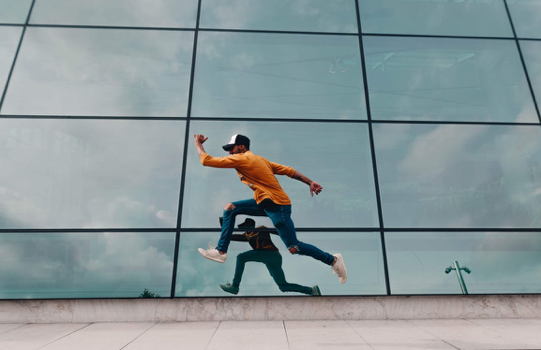
(Source)
Top Causes of Varicose Veins: Conclusion
All the above causes will ultimately affect valve function. If you are experiencing varicose veins and need to consult a professional vein specialist, visit the Vascular Surgery and Vein Center. We will diagnose your condition and inspect the actual cause affecting your valves to work improperly.
You can visit Dr. Norman Chideckel, an award winning NYC vascular surgeon. He has wide-ranging experience in removing the varicose veins from the legs and other parts of the body. He is proficient in solving your venous conditions with the help of high-tech latest technologies.
Give us a call at 212-993-6133 today and schedule a consultation to treat your vein condition.


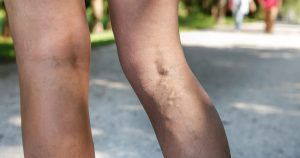 What are varicose veins, their causes, symptoms, and treatment options? Varicose veins are a common condition that affects millions of people around the world. They occur when the veins in your legs become enlarged and twisted, causing them to appear swollen and raised above the surface of the skin. While they may
What are varicose veins, their causes, symptoms, and treatment options? Varicose veins are a common condition that affects millions of people around the world. They occur when the veins in your legs become enlarged and twisted, causing them to appear swollen and raised above the surface of the skin. While they may 